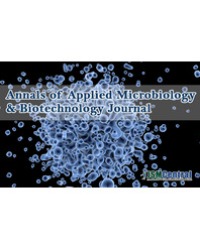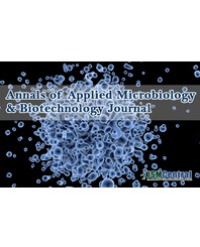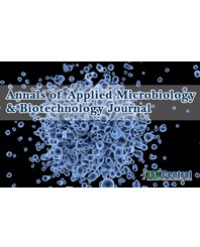
The Composition and Interaction of the Gut Microbiota in Four Species of Wild Dragonflies
Dragonflies are natural enemies for a host of insects, which mainly feed on mosquitoes and other insect pests. Bacterial communities in the dragonfly gut impact on host survival, ecology and evolution; however intestinal microbiota diversity in these insects is not well understood. In this study, we used the Illumina Miseq PE300 platform to characterize intestinal microbiota communities in four dragonfly species(Pantala flavescens Fabricius; Orthetrum sabino Drury; Coenagrion dyeri Fraser and Brachythemis contaminate Fabricius). Our results showed that microbiota densities and species in the dragonfly gut were rich and varied; these microbes showed complex interrelationships suggesting the host species had a major impact on gut community richness. The diversity of intestinal microbes may be related to the species and the habitats of dragonflies. Proteobacteria and Firmicutes were common in the four samples and represented core members of the dragonfly gut microbiota, accounting for approximately 99.00%. At the genus level, Serratia (83%), Lactococcus (41.5%), Hafnia (55.8%) and Lactococcus (71.7%) were dominant populations in the four groups (d1, h1_1, h1 and q1). Our results provide a basis for future research on gut bacteria functions in the dragonflies.
Lingzhen Cao* and Xiangxia Bu


